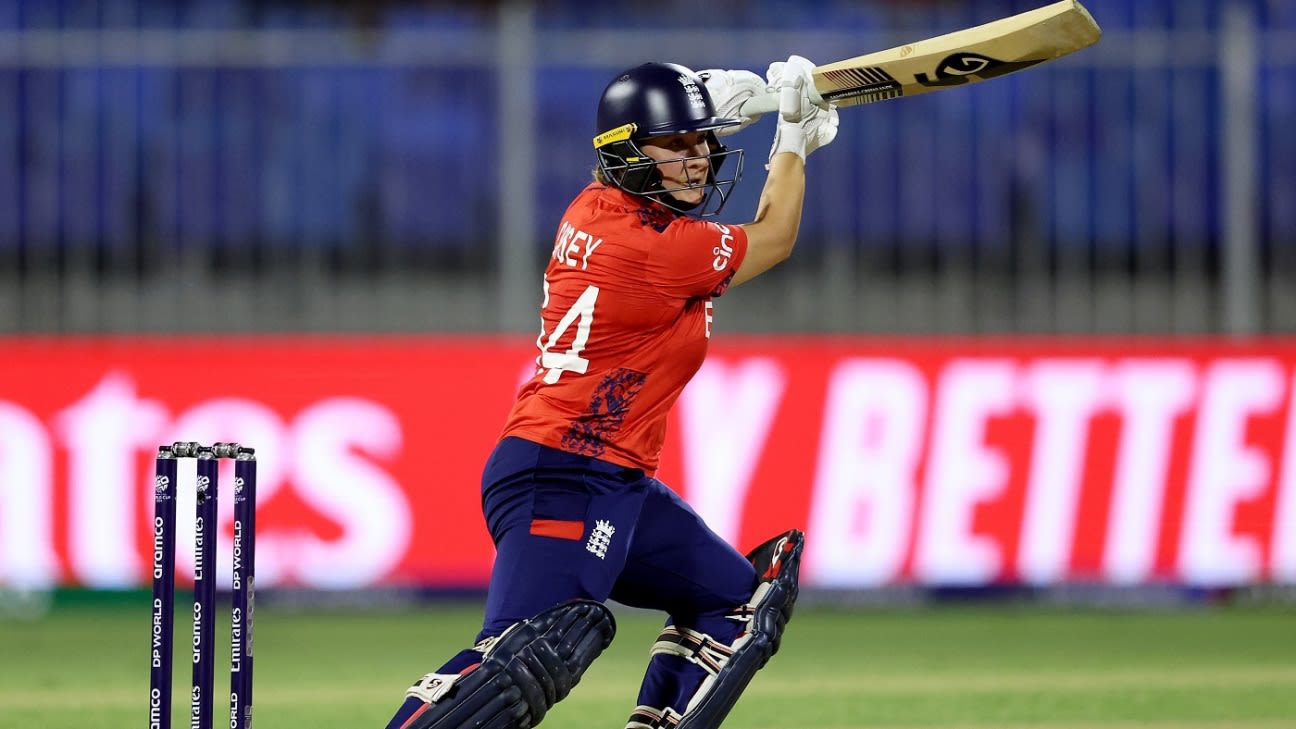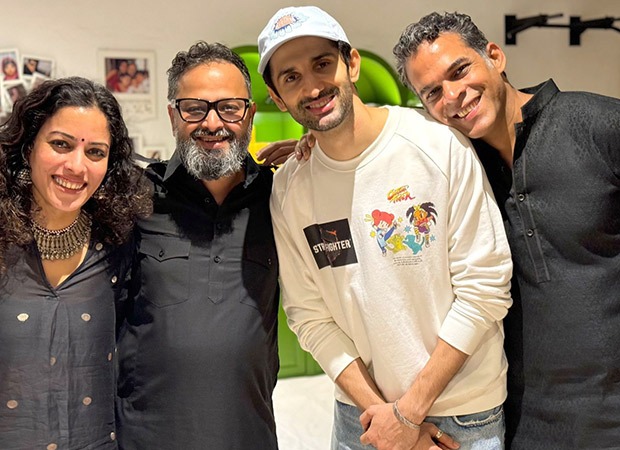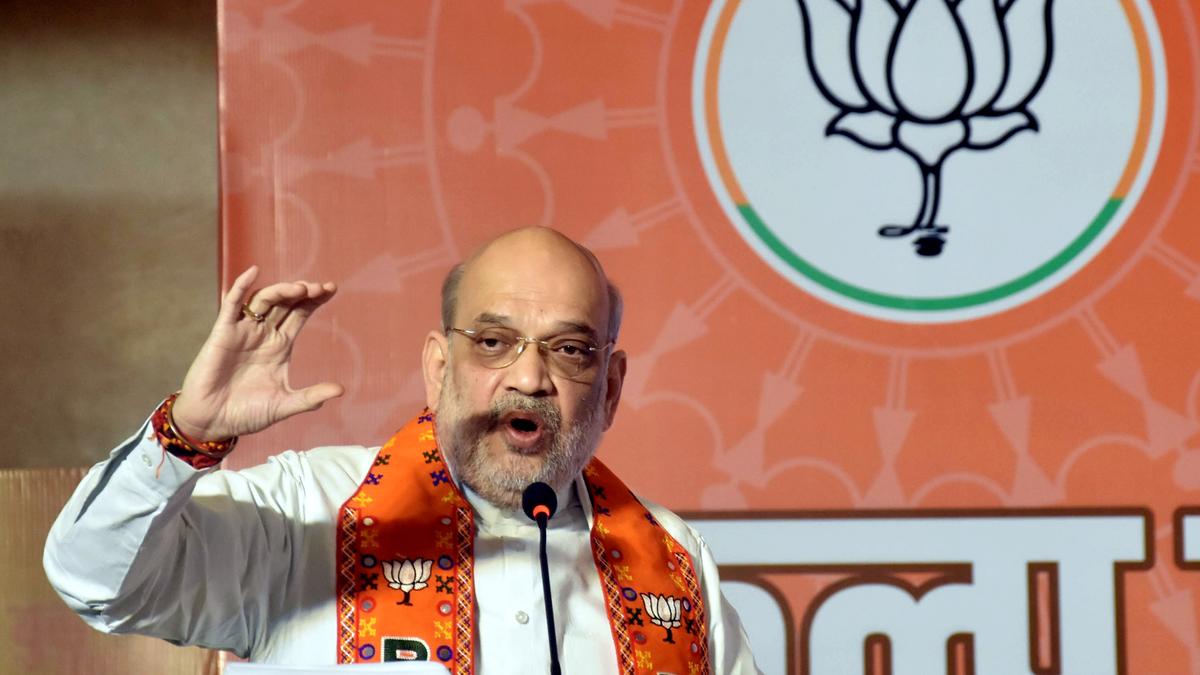Their appointment shows that BJP, while accepting Nitish as CM yet again despite having a huge numerical superiority, is not going to play second fiddle as it did in the three previous coalitions with JD(U) – 2005-2010, 2010-2013 and 2017-2020. BJP‘s choice for speaker, a position it claimed in 2020 on grounds of vastly superior numbers and which it is likely to retain and, more crucially, whether it secures more departments from Nitish will show whether the assertiveness extends to a revision of the terms of trade to the saffron party’s advantage.
In opting for Sinha, an upper caste Bhumihar, as speaker in 2020, BJP had brushed aside the suggestion that Kumar would be more comfortable with figures like Nandkishore Yadav who has served as minister under him.
After his appointment as Bihar BJP chief, Samrat Choudhary started wearing a turban and vowed not to take it off until he had dislodged Nitish. The saffron headgear was firmly in place when he took oath, but there is little likelihood of him worrying about the risk of loss of face.
He is a Kushwaha (alternatively known as Koeri) and the position of deputy CM is the highest public office that someone from the intermediate caste has achieved, barring the freak appointment of Satish Kumar as CM for five days in the volatile late 1960s. Choudhary’s elevation fits in with the plan to expand support among the Kushwahas by weaning them away from Nitish’s ‘Luv-Kush’ (Kurmi-Koeri) coalition.
Prem Kumar, the other minister who was sworn in from BJP is a well-known face and belongs to the MBC Kahar caste, whose members have over the past few decades started calling themselves Chandravanshis.
JD(U) ministers Shravan Kumar (Kurmi) and Vijay Narayan Chaudhary (Bhumihar) are among Nitish’s trusted lieutenants. Bijendra Prasad Yadav has also been a minister under Nitish in all his governments. Still, his appointment this time takes on significance. Yadav’s support for former party chief Rajiv Ranjan Singh Lallan’s advocacy for a break-up with BJP was a big factor in the collapse of the last NDA coalition. His return to a coalition with BJP also demonstrates that Nitish’s latest switch has the support of his party.
In opting for Sinha, an upper caste Bhumihar, as speaker in 2020, BJP had brushed aside the suggestion that Kumar would be more comfortable with figures like Nandkishore Yadav who has served as minister under him.
After his appointment as Bihar BJP chief, Samrat Choudhary started wearing a turban and vowed not to take it off until he had dislodged Nitish. The saffron headgear was firmly in place when he took oath, but there is little likelihood of him worrying about the risk of loss of face.
He is a Kushwaha (alternatively known as Koeri) and the position of deputy CM is the highest public office that someone from the intermediate caste has achieved, barring the freak appointment of Satish Kumar as CM for five days in the volatile late 1960s. Choudhary’s elevation fits in with the plan to expand support among the Kushwahas by weaning them away from Nitish’s ‘Luv-Kush’ (Kurmi-Koeri) coalition.
Prem Kumar, the other minister who was sworn in from BJP is a well-known face and belongs to the MBC Kahar caste, whose members have over the past few decades started calling themselves Chandravanshis.
JD(U) ministers Shravan Kumar (Kurmi) and Vijay Narayan Chaudhary (Bhumihar) are among Nitish’s trusted lieutenants. Bijendra Prasad Yadav has also been a minister under Nitish in all his governments. Still, his appointment this time takes on significance. Yadav’s support for former party chief Rajiv Ranjan Singh Lallan’s advocacy for a break-up with BJP was a big factor in the collapse of the last NDA coalition. His return to a coalition with BJP also demonstrates that Nitish’s latest switch has the support of his party.






